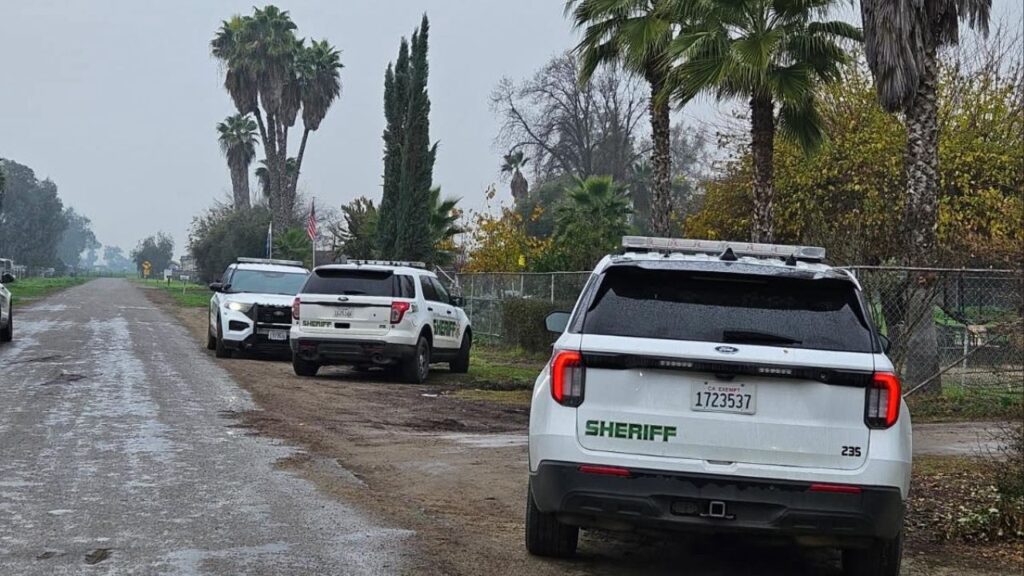Share
|
Getting your Trinity Audio player ready...
|
Lea este artículo en español.

John Osborn D’Agostino
CalMatters

Sameea Kamal
CalMatters

Ariel Gans
CalMatters
The California Legislature that has reconvened is the most diverse ever: It includes a record number of women, occupying 50 of 120 seats, with one still being contested. It also includes an all-time high of Latino legislators, as well as lawmakers who openly identify as LGBTQ. And it now includes its first Muslim and Sikh members.
But how representative are legislators of California as a whole? The proportion of women, Latinos and Asian Americans still isn’t at parity with their share of the state’s population. Take a deeper look with the CalMatters interactive below.
And how much does representation matter, anyway? Advocacy groups and legislators, themselves, point to issues that have received and will receive more attention at the state Capitol, including reproductive health and pay equity, and bills that became law. Last session, for instance, the LGBTQ caucus successfully pushed landmark legislation to make California a refuge for transgender health care.
Lawmakers also often vote on issues affecting families. Of the 98 legislators who answered the question in a CalMatters survey, 44 said they had children under 18 years old. Some female legislators with young children have said to make it easier to serve, there needs to be more flexibility in hours and an increase in salary.
And lawmakers will again try to tackle California’s affordable housing and homelessness crises — intertwined challenges that have a big impact on cost of living and quality of life. So a few Assembly Democrats have created a new renters’ caucus. Of the 93 legislators who replied in the survey, only 8 said they are tenants, while all the others said they are homeowners and a few said they are also landlords.
Statewide, the number of majority Latino districts increased significantly, according to the Public Policy Institute of California — nearly matching the share of the Latino voting-eligible population in the state.
“A redistricting process that involves public inputs is likely to lead to increased representation of more racially and ethnically diverse candidates,” said Christian Grose, professor of political science and public policy at the University of Southern California.
About the Authors
John Osborn D’Agostino is an award-winning data journalist, web developer and game designer. Previously, he’s worked with The Hechinger Report, EdSource, the East Bay Express, Berkeleyside, and the North Coast Journal. He graduated from U.C. Berkeley’s Graduate School of Journalism.
Sameea covers the state Capitol and California politics for CalMatters and is also a production assistant. She joined CalMatters in June 2021 from the Los Angeles Times, where she was a News Desk editor. Sameea was one of three 2020 IRE Journalist of Color fellows, and previously worked for the Center for Public Integrity. She earned her bachelor’s degree from the University of California, Berkeley, and her master’s degree in journalism from Columbia Journalism School. Sameea was born and raised in the San Gabriel Valley in Southern California and is one of the Maynard Institute’s M200 fellows.
Ariel Gans was a political reporting intern focusing on the 2022 election cycle. She recently got her master’s of journalism from Northwestern University, where she specialized in politics, policy, and foreign affairs reporting. A Chicago transplant, Ariel has written for USA Today, MarketWatch, OpenSecrets, and Inside Climate News among other publications.
About CalMatters
CalMatters is a nonprofit, nonpartisan newsroom committed to explaining California policy and politics.
Categories



















